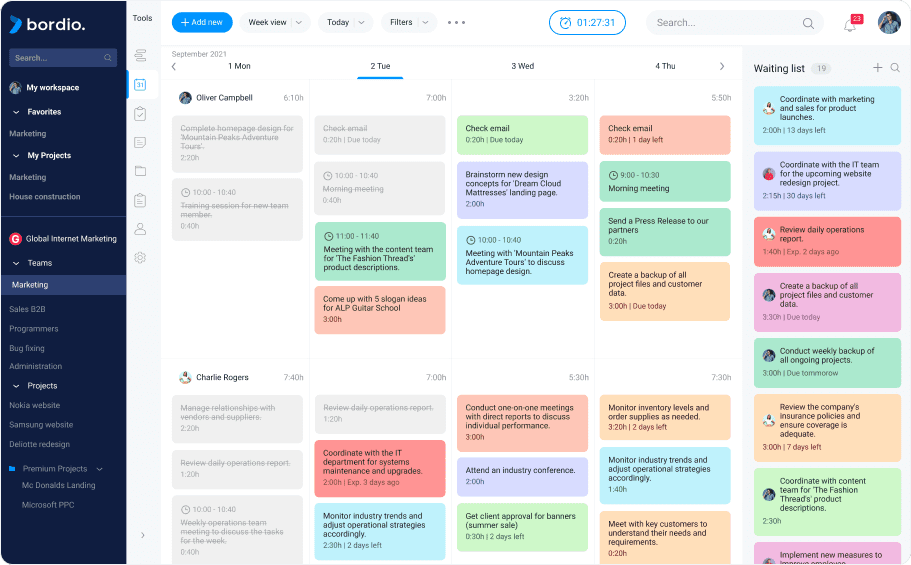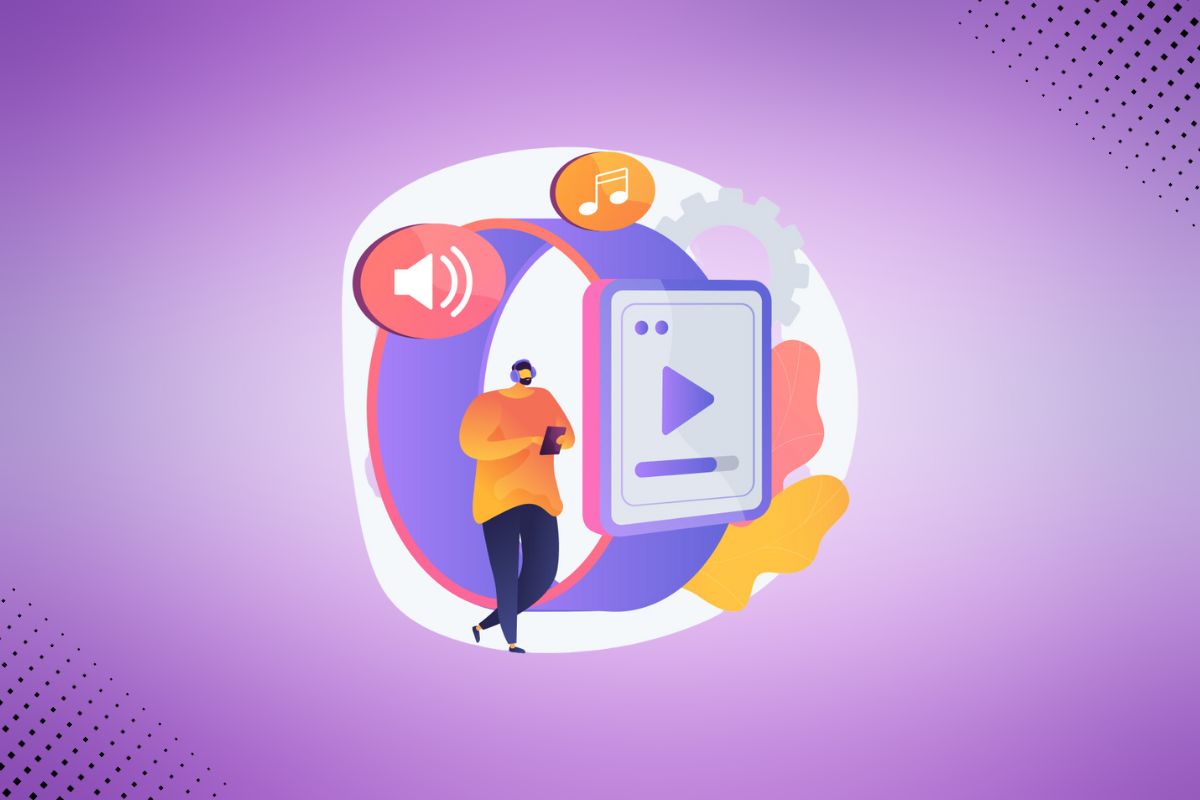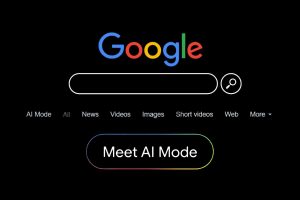From the distant echoes of our ancestors to the rhythmic pulses of today’s metropolises, sound has been an inseparable thread in the tapestry of human existence. In ancient times, auditory cues held paramount importance: the rustling of leaves might signal a lurking predator, the distant rumble of thunder heralded rain, and the crackling of fire signified safety and warmth. These elemental sounds informed early humans of potential dangers or comforts, sharpening instincts and dictating behaviors crucial for survival. Fast-forward to the present, and though our surroundings have drastically evolved, our intrinsic bond with sound remains steadfast. The melodies of music, the cadence of a loved one’s voice, or the ambient hum of a city all resonate with us sincerely and viscerally.
This profound connection between sound and the human psyche is evident in the myriad emotions and memories that auditory experiences can evoke. A familiar song can transport us back in time, immersing us in the nostalgia of a past moment, while the gentle lullaby of a mother can provide solace and comfort to a child. Whether it’s the ancient rhythms of tribal drums or the contemporary beats streaming through our headphones, the sound remains a timeless and universal language, connecting humanity across ages and cultures.
Convenience and Multitasking
Audio content is a beacon of convenience in our fast-paced world, where time is a prized commodity. Its hands-free and eyes-free nature positions it uniquely, allowing listeners to weave content consumption seamlessly into their daily activities. There are no screens to hold or visuals to focus on—audio slips effortlessly into the backdrop of other tasks, enabling a harmonious marriage of entertainment or education with routine. For instance, morning commutes, often regarded as lost time between home and work, transform into enlightening podcast sessions or thrilling audiobook chapters, making every minute count. Sounds are essential in our world; even when using work management tools, you will have built-in notifications to keep you on track.

Beyond the commute, the versatility of audio content extends to various facets of daily life. While sweating it out during a workout, listeners can get lost in the rhythms of their favorite tracks or delve into intriguing discussions. As they navigate household chores, be it cooking, cleaning, or gardening, the narrative threads of an audiobook or the insights from a podcast can accompany them, turning mundane tasks into rich, immersive experiences. Unlike video, which demands dedicated attention and engagement, audio gracefully complements other activities, maximizing productivity and entertainment. This unique adaptability has propelled audio content to the forefront of modern media consumption, resonating with multitaskers seeking to optimize every moment of their day.
Lower Production Costs and Barriers to Entry
The audio landscape presents a tantalizing promise: the ability to broadcast one’s voice to the world without the hefty price tag often associated with video production. Video necessitates an array of equipment: high-quality cameras, lighting setups, and perhaps even set designs, not to mention the intricacies of video editing. In contrast, audio content requires a significantly leaner toolkit. Individuals can create audio content with a decent microphone, essential recording software, and quiet space. This stripped-down approach reduces costs and simplifies production, making audio content more approachable and less intimidating for budding creators.
This accessibility has catalyzed a democratization of the medium. No longer are the airwaves dominated solely by polished professionals or media conglomerates. Instead, we see a flourishing tapestry of voices: enthusiasts sharing niche hobbies, experts offering unique insights, or storytellers weaving intricate tales. This proliferation of diverse voices has led to an expansive range of topics, ensuring that there’s something in the audio realm for everyone, from the most mainstream interests to the most esoteric. The lower barriers to entry have amplified voices that might have remained unheard in a more restrictive medium and enriched the audio space with a mosaic of perspectives, cultures, and stories, making it a dynamic and ever-evolving platform for expression.
The Rise of Smart Speakers and Voice Assistants
In recent years, the contours of our domestic spaces have been subtly redefined by the unassuming presence of smart speakers and voice assistants. Devices like Amazon Echo, Google Home, and Apple’s HomePod, once novelties, have swiftly cemented their roles as household staples. They’ve introduced a novel way of interfacing with technology—through voice—and revolutionized how we consume audio content. A simple voice command can summon a world of information, from the day’s headlines to weather updates, or even play the latest episode of a favored podcast.
Want to start your morning with a meditation guide, followed by a news briefing? Or wind down your evening with a chapter from an audiobook. These smart devices can orchestrate it all, weaving audio content seamlessly into the rhythms of daily life. The synergy between voice assistants and audio content is undeniable. As these technologies continue to evolve in tandem, they’re set to elevate the audio experience further, making it more intuitive, personalized, and integrated than ever before.
The Potential for Immersive Audio Experiences

Allowing sound to move freely around the listener in three-dimensional space crafts an auditory environment that feels strikingly lifelike. One no longer merely listens; they are enveloped, plunged into the very heart of the soundscapes. Then, binaural recordings are captured using two microphones to create a 3D stereo sound sensation. When experienced with headphones, these recordings can be eerily realistic, making it feel like the sound source is right there with the listener, whether it’s a whisper in the ear or the rustle of leaves from a distant tree.
But the horizon of audio innovation stretches even further, brushing up against the frontiers of augmented and virtual reality. As VR and AR technologies continue to burgeon, audio stands to play a pivotal role in enhancing these immersive experiences. After all, vision is just one facet of immersion; sound completes the picture. Imagine donning a VR headset and not just seeing but hearing the world in full, vivid detail—from the chirping of distant birds to the murmurs of a bustling crowd. Or using AR glasses that, when pointed at a historic monument, regale you with binaural narratives of its storied past. As the lines between the virtual and real blur, audio, empowered by these cutting-edge technologies, will be central in crafting experiences that are deeply immersive, enriching, and resonant, ensuring its prominence in the content landscape of the future.












